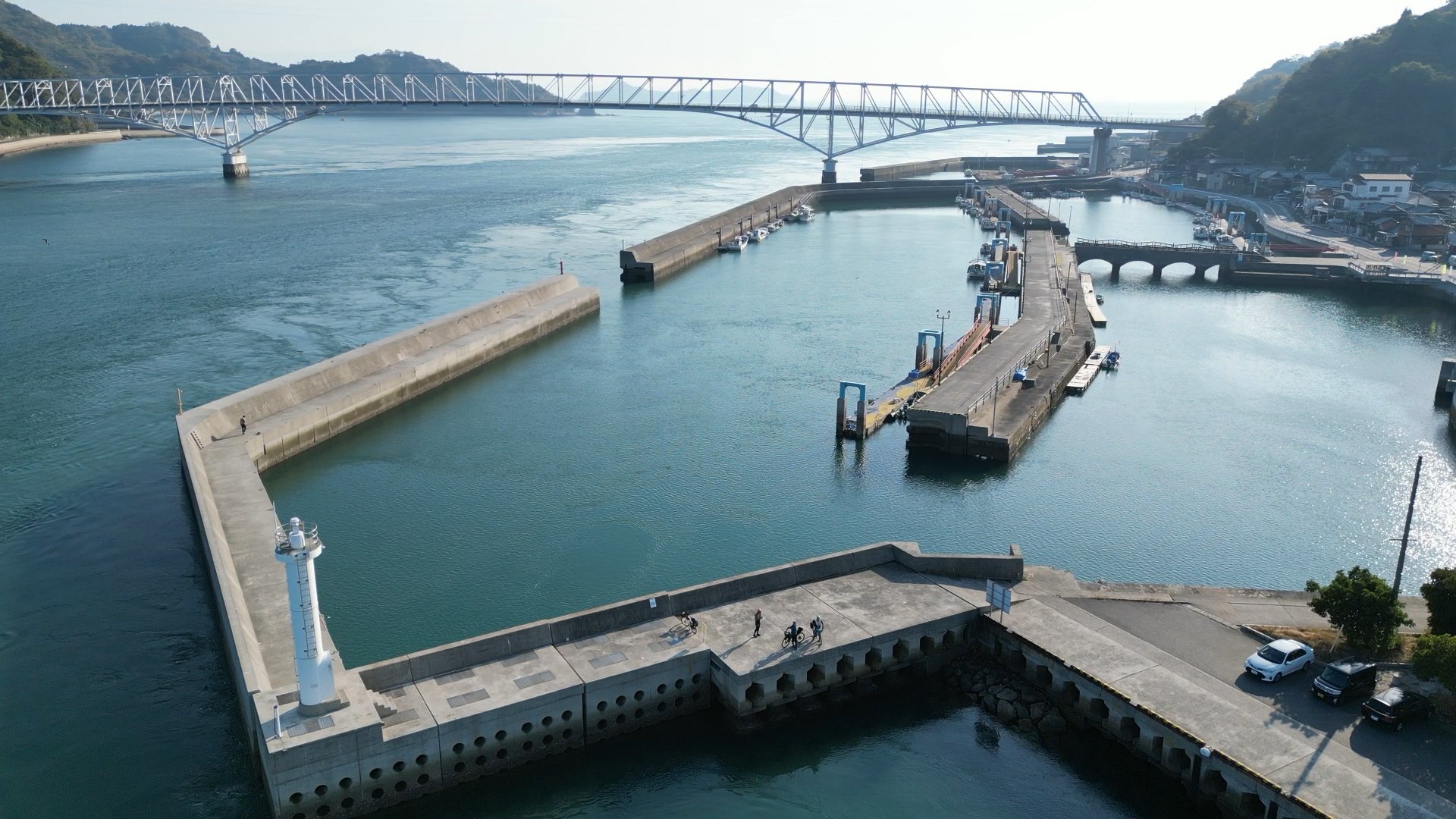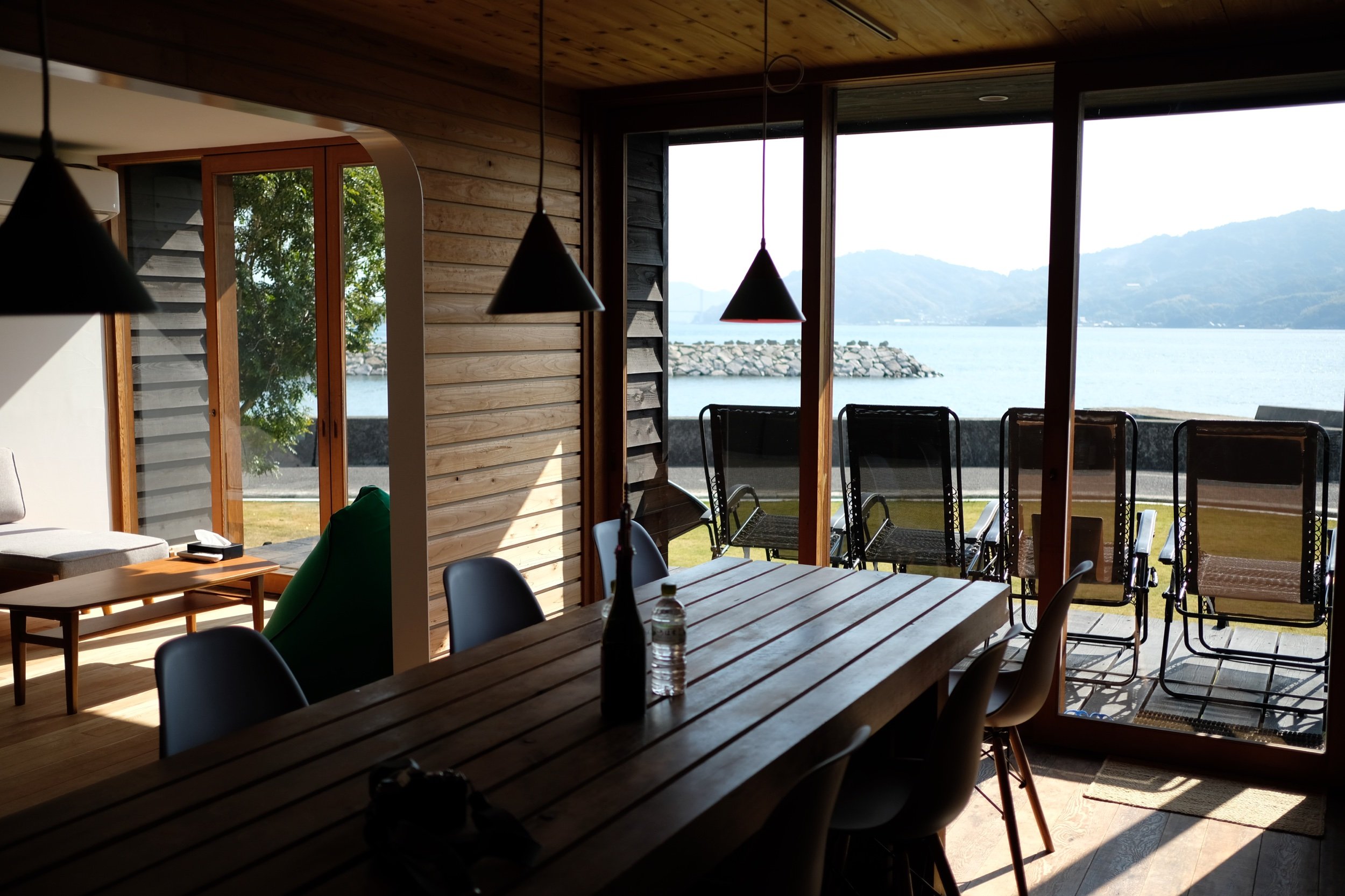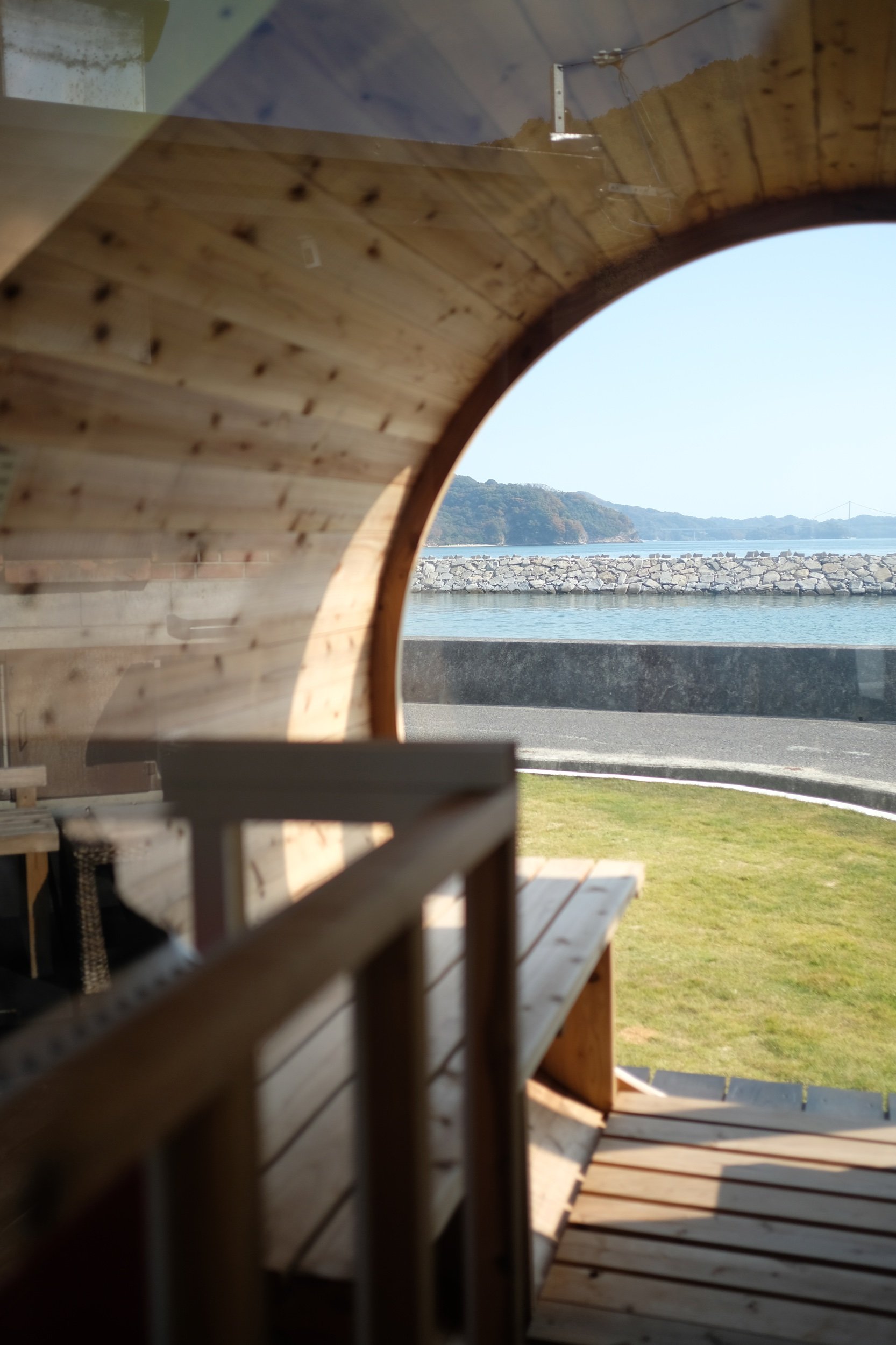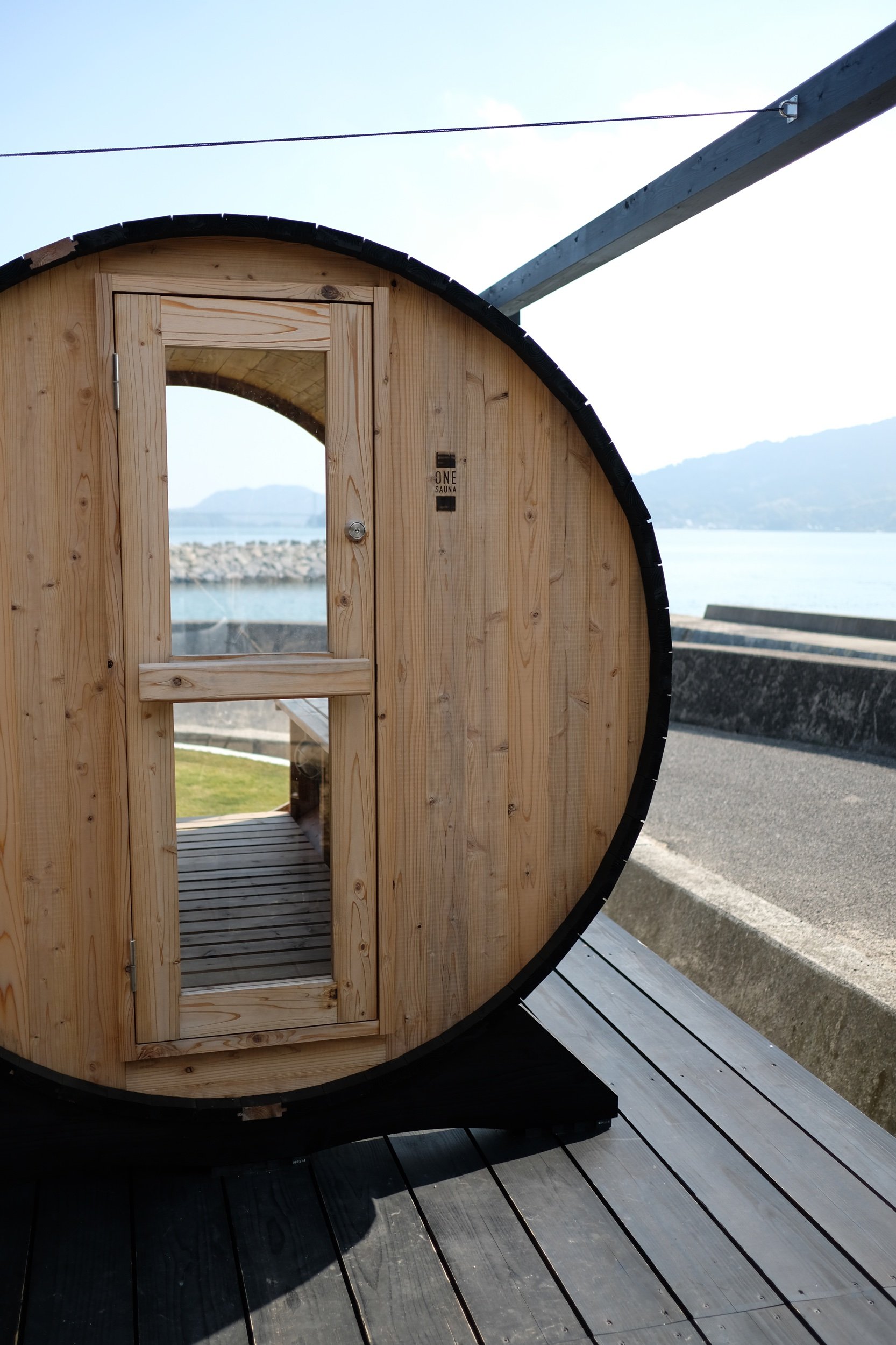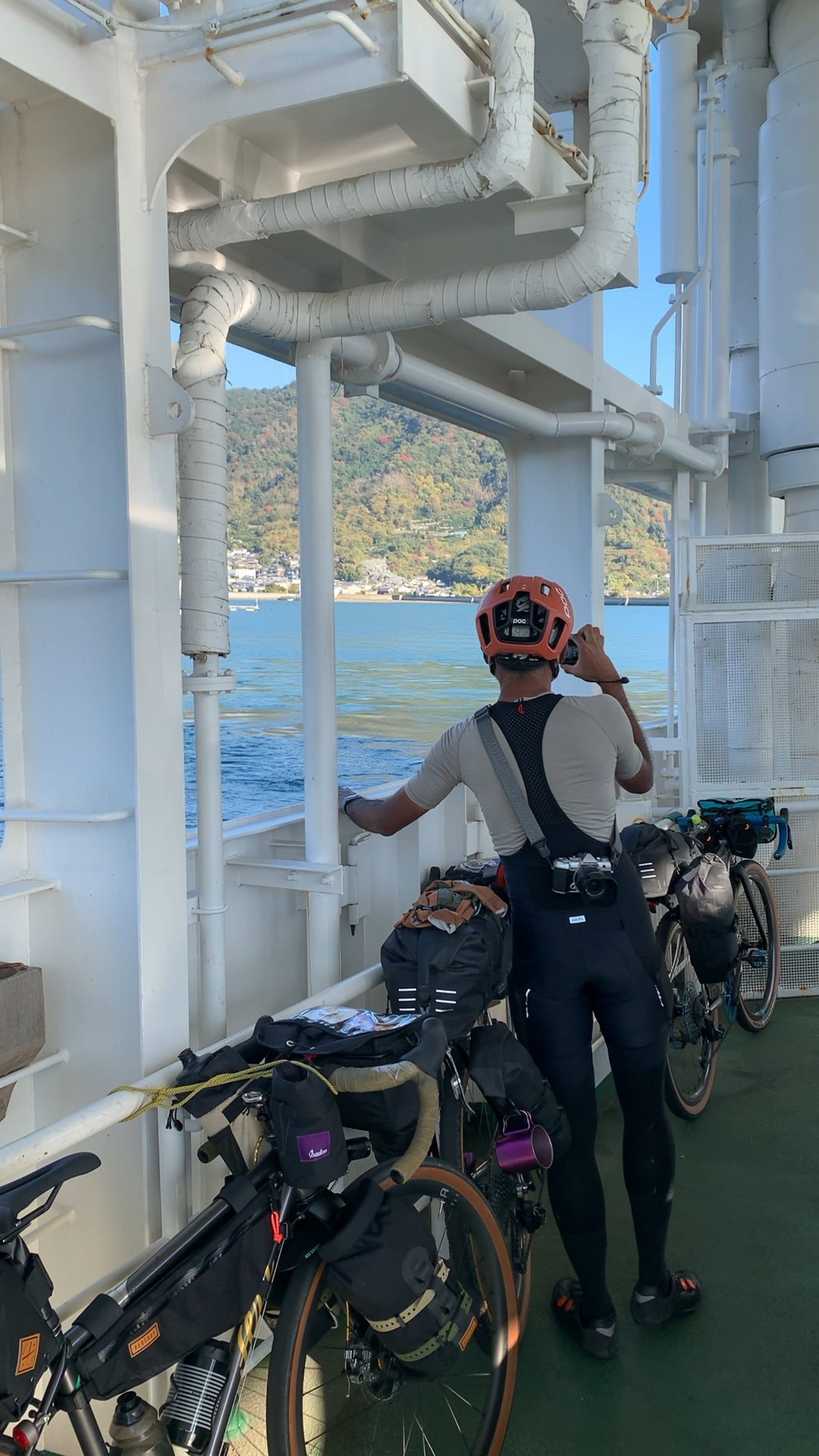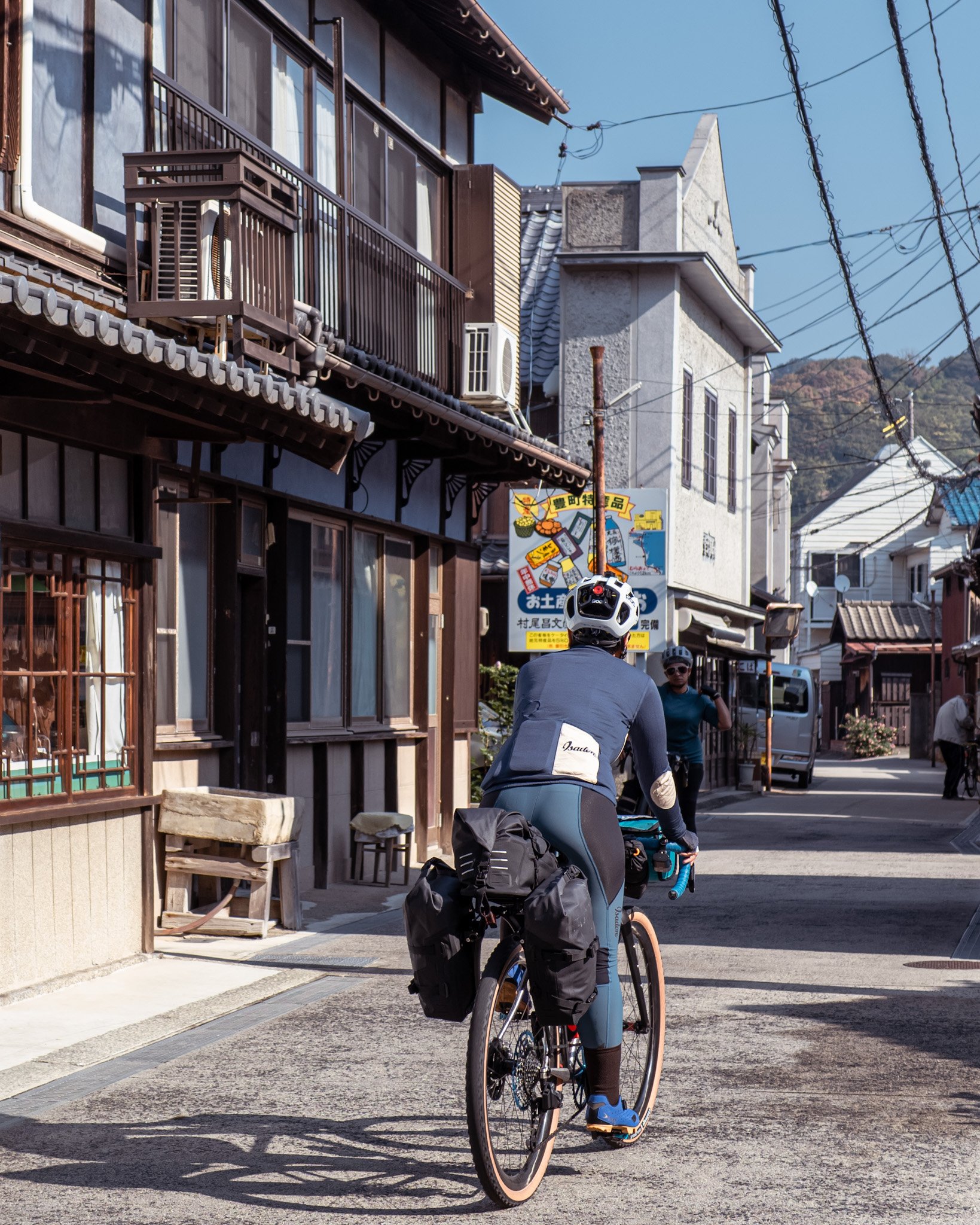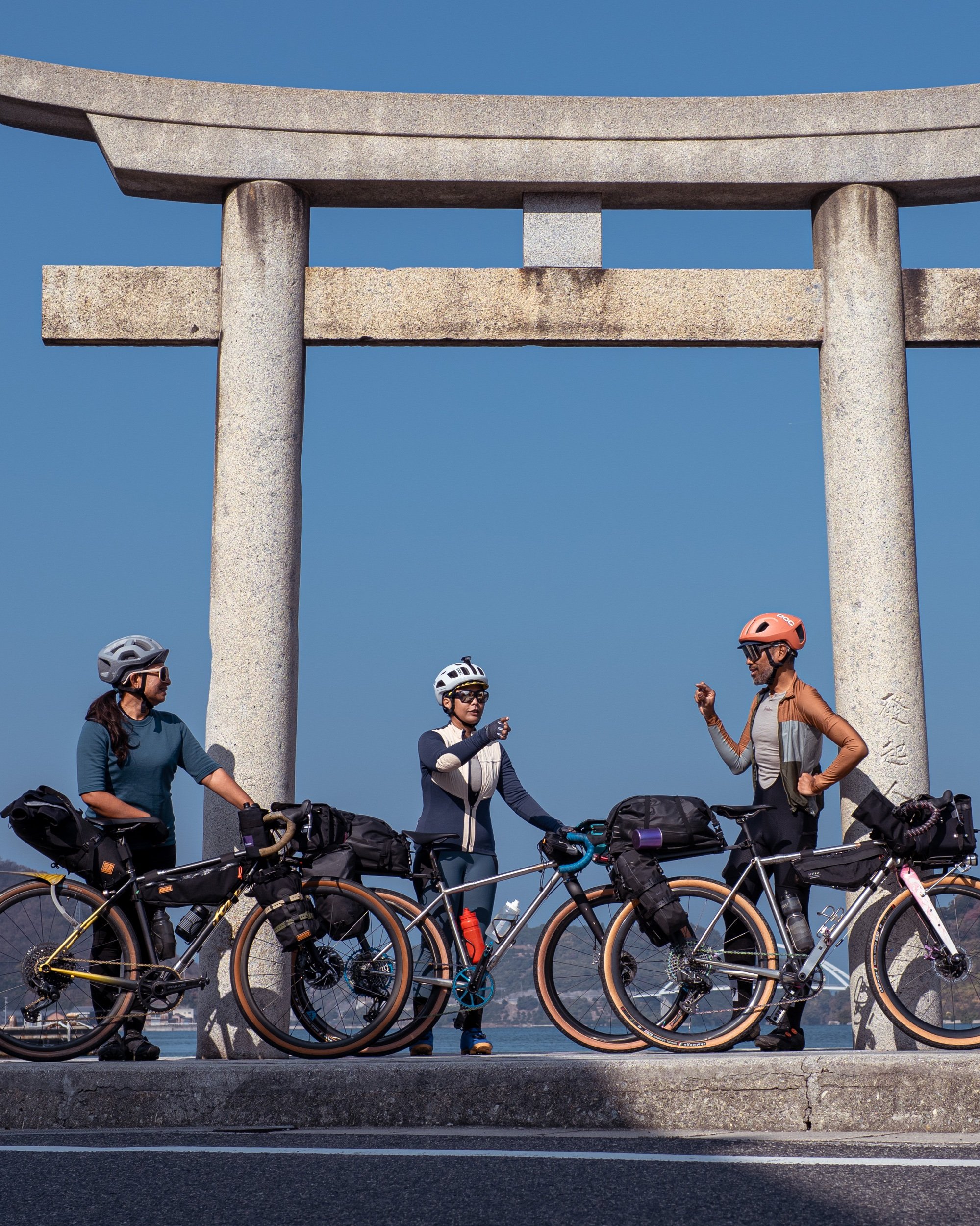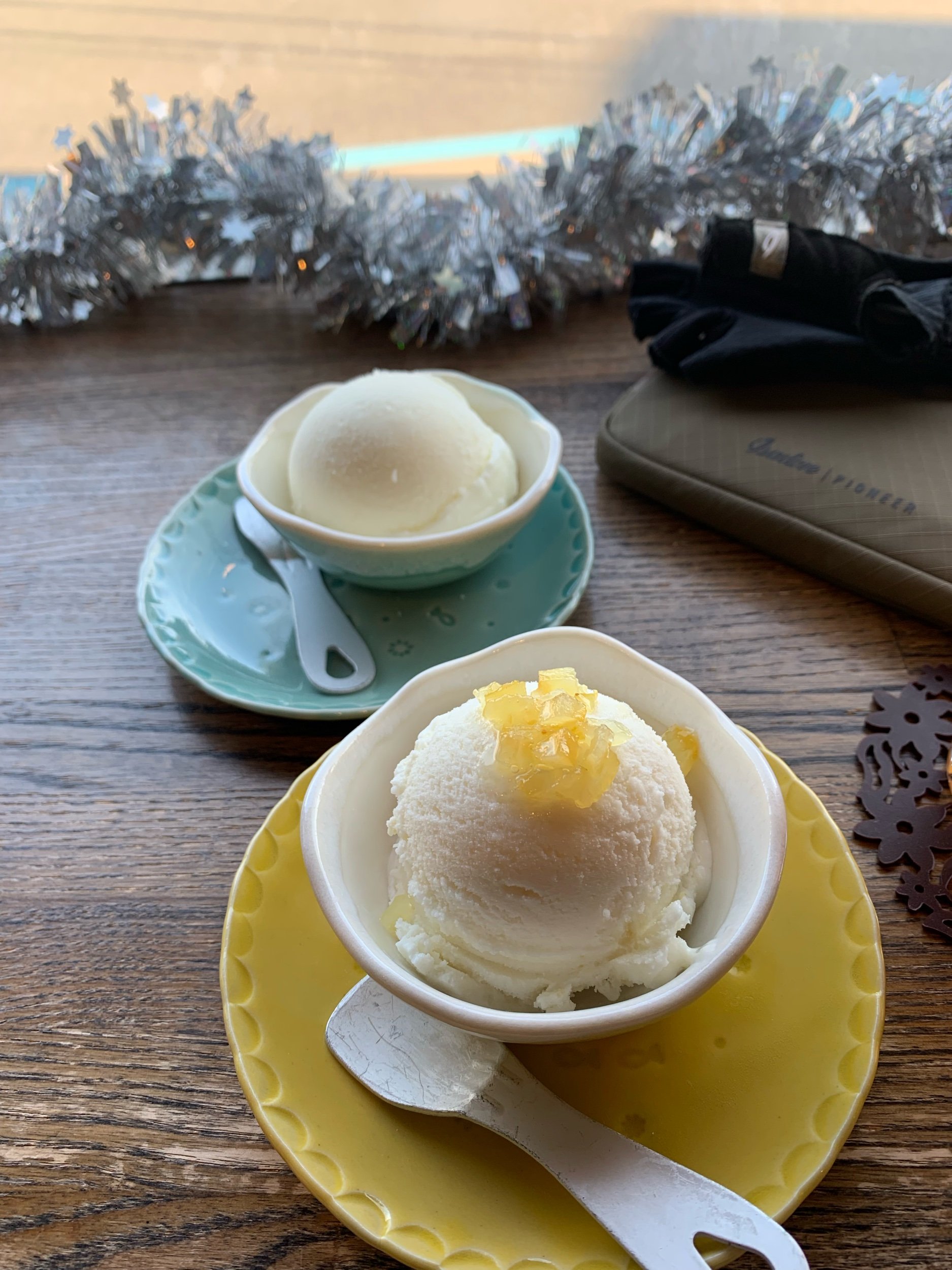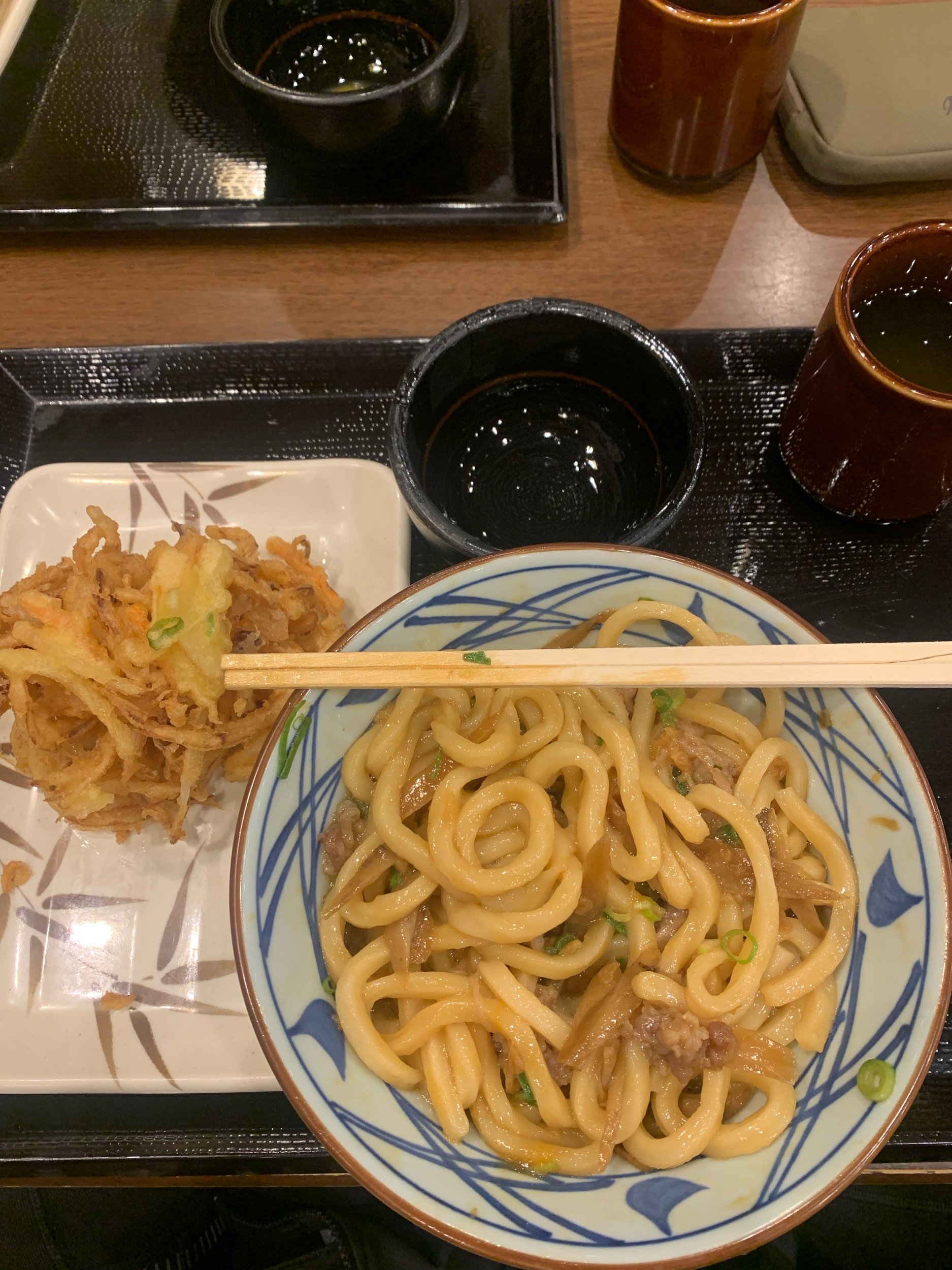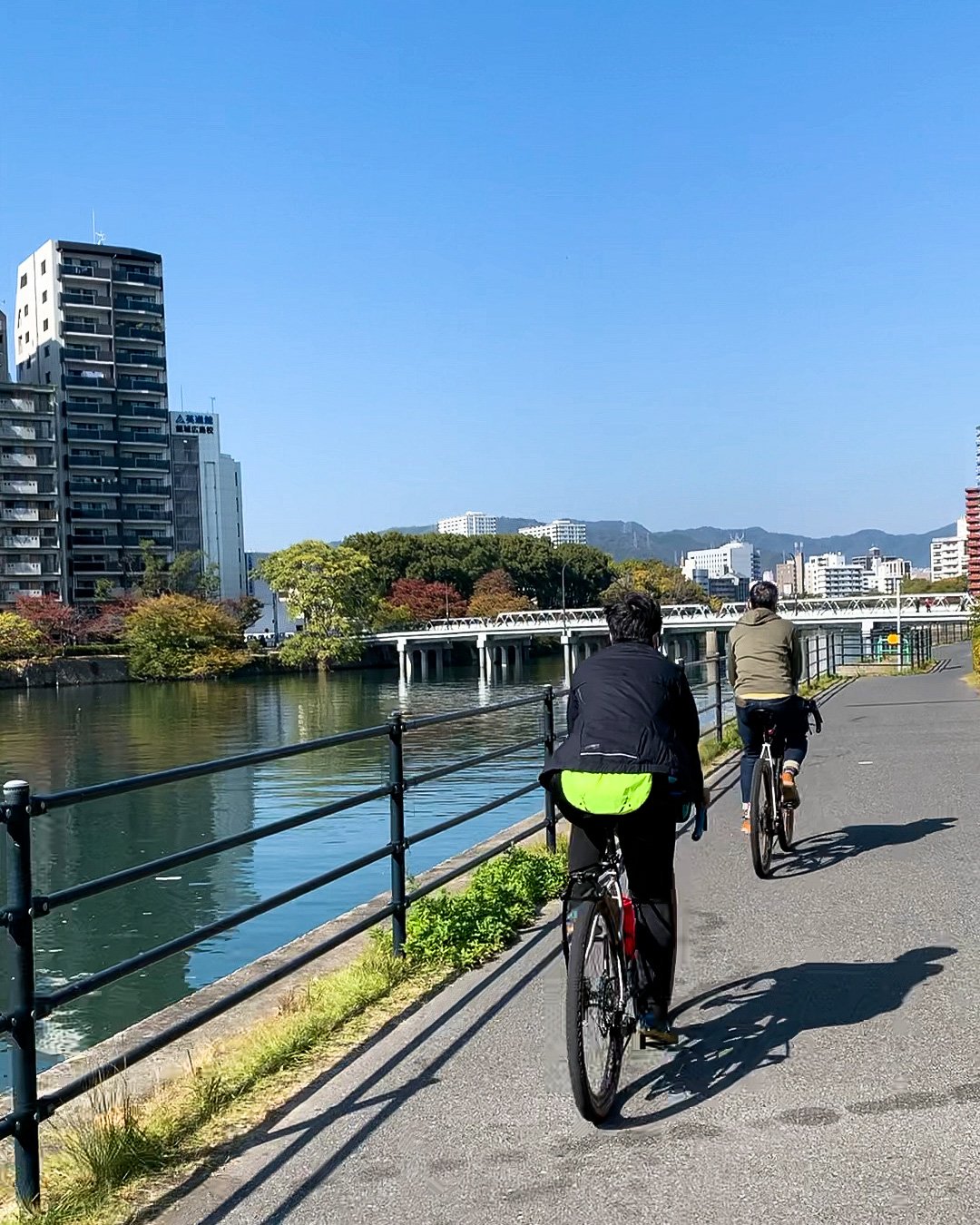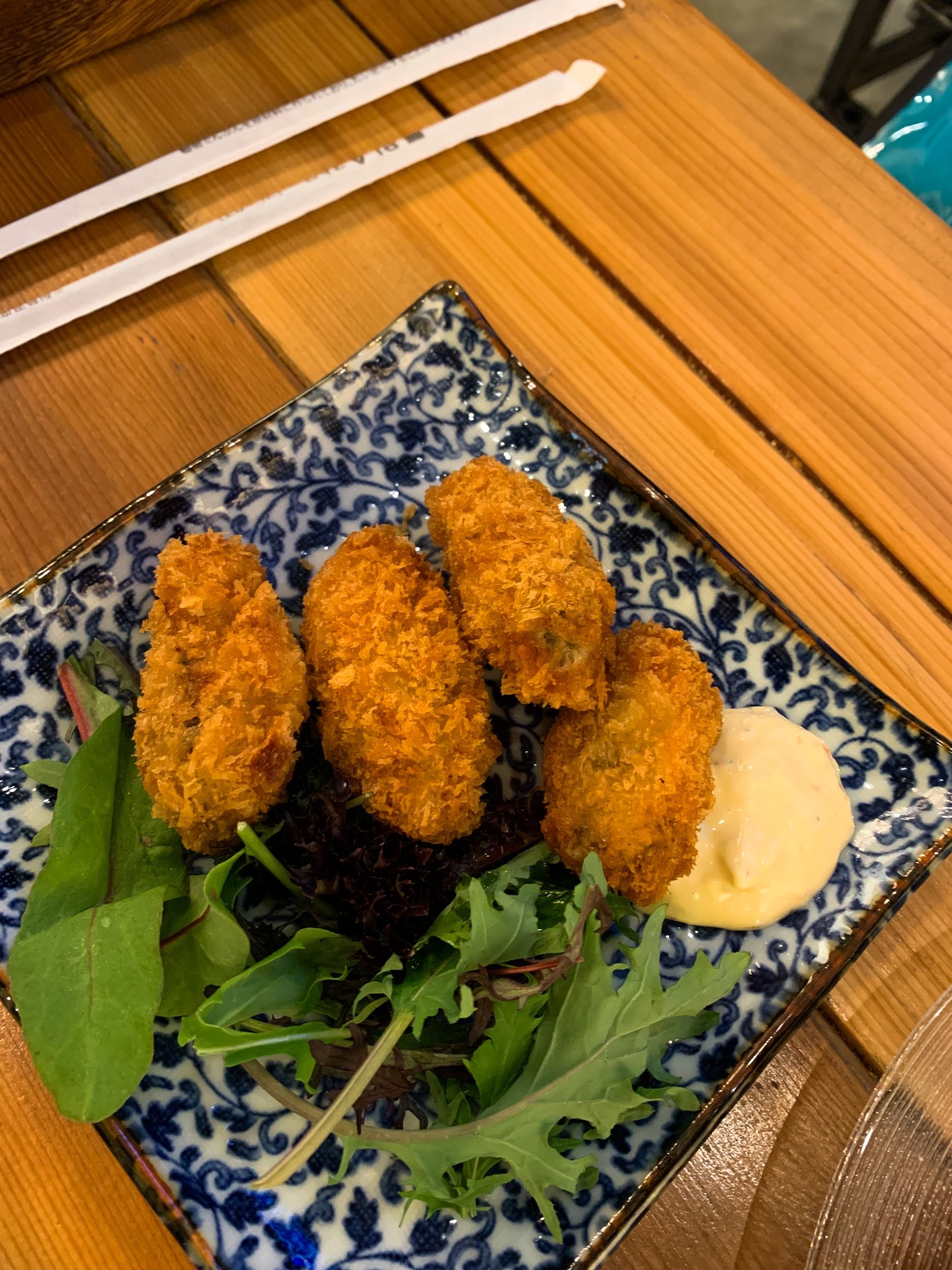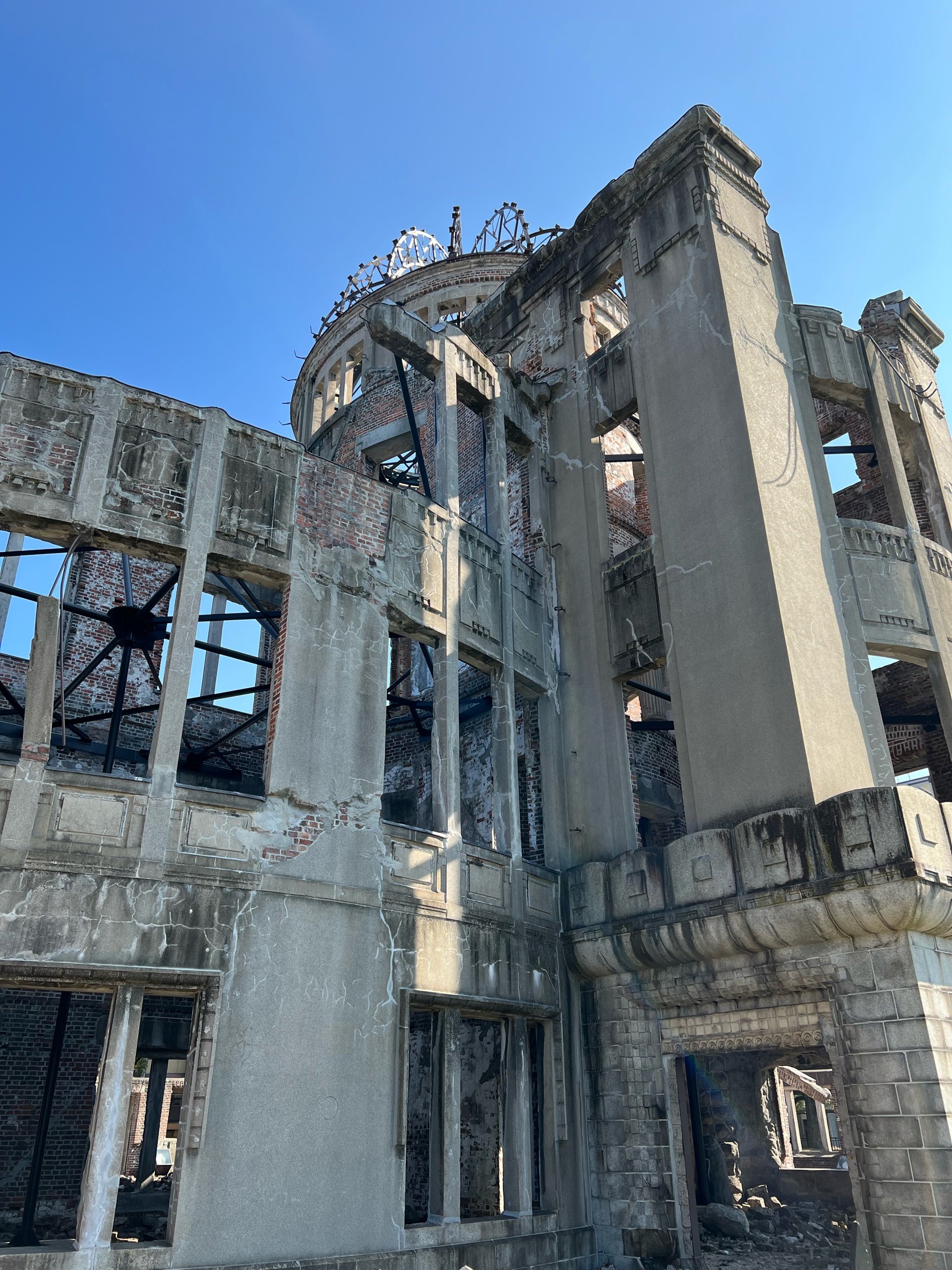Cycling Shikoku, Japan 2.0 - Part 3: Matsuyama to shimanami kaido, tobishima kaido and hiroshima

This is the final iteration of our three part tour series documenting our first post-covid19 cycling tour in Shikoku, Japan.
If you missed the first part of our journey, head to Cycling Shikoku 2.0 Part 1 to start from the very beginning of our tour in Tokushima. Don’t forget to also read Cycling Shikoku 2.0 Part 2!
tobishima kaido
Tobishima Kaido is the lesser known of the island cycling routes of the Setouchi Inland Sea, the other three being the most famous Shimanami Kaido, the Yumeshima Kaido and Sazanami Kaido. The Tobishima route lies west of Shimanami Kaido, running for 46km crossing the five Aki Nada Islands via seven bridges, winding through rural farmlands and sleepy fishing villages. There is very little traffic along the route as it doesn’t get many tourists, so take note that shops don’t really open unless it is the weekend when there are a bit more visitors to the area. Even with local Japanese cyclists Tobishima Kaido is not very well known yet.
Compared to the rolling terrain on the Shimanami, Tobishima is mostly flat coastal routes until you reach the entry points to the bridges themselves, though the climbs rarely go beyond 8%. The bridges are shorter and not as large or grand as the Shimanami, but they still give you equally fantastic views of the sea. The Tobishima route is marked by blue lines like on the Shimanami but there are no protected lanes on the bridges, although considering the lack of traffic it is a pretty safe route for cyclists. The roads are beautifully smooth too!
You can choose either Imabari or Kure as a starting point for your Tobishima Kaido route. From Imabari you need to take a roro ferry to the first island starting point at Munakata port on Omishima Island. From Kure you are already on the island circuit and can ride across the bridges to Okamura Island before taking a ferry to Imabari right at the end. There are many variations of the route, and you can also incorporate it into a wider island circuit of all four Setouchi routes in a single trip, something we plan to do one day!
For this trip, we had a short ferry ride from Munakata Port on Omishima Island and landed at Okampura Port on Okamura Island. We started riding from there, crossing several bridges over Nakanoshima and Heira Island, spending one night on Osaki Shimozima Island before continuing to Toyoshima Island, Kami Kamagari Island, Shimo Kamagari Island and finally to Kure Port, where we took a ferry to Hiroshima Port and rode into the city.
*Quick HERE for a quick guide to these Tobishima Kaido Islands:
STAGE 8: Omishima to Mitarai
Start Omishima
Finish Mitarai
Distance 27km (Adjusted for a more scenic route)
Climbing 186m
Grade Easy
Having done the full Shimanami Kaido route in 2018, we chose to deviate a little from the route and try the Tobishima Kaido side this time around. Running less than 50km long, obviously the whole Tobishima route can be finished in a single day, but we wanted to stay one night in Mitarai, a small village built around a harbour on Osaki Shimojima Island that dates back to the Edo period. The small village of tightly packed houses and winding alleys are often used as a location for filming for period pieces set in the Edo era, and is one of the must visit locations in the area.
Based on advice from our friends Taro and Nami who had done a bit of a recce before we arrived, we opted to shorten the ride by about half to take a more scenic route towards Mitarai. Our friend Maya experienced a minor fall the night before on the way to Omishima Island and had a bit of a sprained foot, so the shorter route with less climbing was very welcome. Even without the longer route and more elevation we still had a fair bit of climbing even to get to the ferry terminal, while the bridge climbs themselves did go up to 8-9% in gradient.
After having a brunch of leftovers from our BBQ dinner with Taro and Nami and saying goodbye to the lovely Incense Beachfront Villa we set off, reaching the ferry terminal in time for the early afternoon ferry. We arrived at Okamura port in time for a late lunch of curry rice with delicately fried fish right above the ferry ticketing office itself. A bit more climbing and several bridges later we arrived at the town of Mitarai in time for the sunset, checking into our guesthouse, Hatagoya Kusushi before darkness fell. We lucked out with dinner, as the only dinner place open for the night served some pretty decent Hiroshima style okonomiyaki and was less than 500m away from our accommodation. The moon was still full that night, and wandering around the town that night truly felt like a bike ride back in time.
STAGE 9: Mitarai to Kure and Hiroshima
Start Mitarai
Finish Hiroshima
Distance 56km (Adjusted to take into consideration the ferry, when no one paused their bike computers)
Climbing 288m
Grade Easy/Medium
The final morning of our tour started with a bit more wandering around the quiet town, since we could not see that much the previous night after our dinner. Mitarai flourished as a port town during the Edo period all the way until the Showa era, when trade ships would stop there for restocking and to wait for favourable tides and winds. Many theaters, bars, brothels and teahouses catered to the need for entertainment in Mitarai’s heyday, while it was also a spot for many clandestine dealings among traveling daimyo. This has led to the belief that the port town played host to the plot that led to the uprising that eventually overthrew the Tokugawa Shogunate in the late 1800s.
The preserved heritage buildings in Mitarai span four different eras, namely Edo, Meiji, Taisho, and Showa, and are lined up close to each other along the tightly packed alleyways of the town. There are several shrines within Mitarai itself, including two that are facing the sea, namely Ebisu Shrine and the Sumiyoshi Shrine. But perhaps the more important one is the Tenmangu Shrine, hidden away in the back of the village. The Empress Jingu is said to have washed here hands in the stream that runs through the shrine, as well as enshrined scholar, poet and politician Sugawara Michizane, hence the name Mitarai, which translates to "washing of hands".
If you’re a traveling cyclist you won’t want to miss seeing the Tenmangu Shrine either, as it actually pays homage to Japan’s original bike tourer Harukichi Nakamura. The Mitarai native cycled around the world in the beginning of the 20th century, and could also considered one of the world’s pioneer tourers even though he’s not very well known in Japan or outside of the country. There’s a tiny stone shrine with his picture there, and cyclists on or embarking on a round the world tour who do know about it will usually pay a little visit and offer their respects to him there.
After a quick exploration around the town we found a restaurant that was open for brunch, offering meal sets featuring seafood fresly caught from the sea that very morning. Many restaurants weren’t open since it was not the weekend, but we were lucky that one place was serving customers that day. We rode further northwest along the Tobishima Kaido route, past mikan - a type of tangerine - and lemon orchards accompanied by a lovely citrus scent permeating the air. Hugely popular in the early 1900s, demand for these two fruits as a summertime snack plunged during hard time post World War II, but both are fortunately now experiencing a rise in popularity.
We stopped at Toyoshima Island which eka had earmarked as out location for a teatime snack. Before flying his drone we stopped at Shima Café Kitatani, to have a sweet dessert pizza and ice cream infused with mikan, which was extremely good. Having already had lunch, we missed the opportunity to try the citrusy beef curry, which thankfully was sold in packets for us to take home! We then continued riding up and down and over several more bridges and islands until we reached Kure, where we managed to make it in time for the second last ferry to Hiroshima port. From there it was a short ride to our hotel Via Inn Shinkansenguchi (great location a short walk away from the train station), finding a random udon dinner spot along the way before we checked into our final accommodation for the night and for our whole tour.
Hiroshima
Hiroshima needs no introduction, being one of the two cities of Japan that were severely destroyed by an atomic bomb during World War II. Founded in 1589 as a castle town, the city originally started out as a small fishing village along Hiroshima Bay. Part of an area called Gokamura, meaning five villages, the name was changed to Hiroshima when construction began on a castle for Mōri Terumoto, one of great samurai and daimyo Toyotomi Hideyoshi's council of Five Elders. The city flourished thanks to trade under the powerful Taira Clan, who were descendants of former emperors.
By the late 1800s Hiroshima became an important urban center and port city, as well as a hub for military transportation. Since then Hiroshima played a key role in military activity, even producing military supplies. Most of Hiroshima was destroyed when the US Air Force dropped the atomic bomb “Little Boy” there in 1945, but even after subsequent damage from a typhoon and being rebuilt there are still many prewar sites and remnants of war to be seen in the city.
Today Hiroshima is known as a City of Peace, and is internationally a popular spot for conferences on peace and social issues. The city government and mayor are key figures in movements that call for the abolition of nuclear weapons worldwide. Many war memorials advocating peace can be found in the city, which is an extremely pleasant place to cycle. It has a dual system of marked on-road bike lanes and shared sidewalks, with plenty of space in the mostly flat city to accommodate cyclists. If you are easily affected by tragic history like war, conflict, or anything that causes death and destruction on a grand scale like myself, Hiroshima sites can be tough to visit. However, I am glad I did regardless.
Sadly we did not have that much time to see everything there is to see in Hiroshima, but we did make it to the Genbaku Done also called the Atomic Dome (Genbaku meaning atomic in Japanese), which is a part of the Hiroshima Peace Memorial Park. It is situated by the Motoyasu river, and has been left pretty much untouched since the detonation of the atomic bomb almost directly above, some 600 meters overhead. Formerly the Hiroshima Prefectural Industrial Promotion Hall. The ruins have been preserved carefully in its original state with minimal use of steel and synthetic resign, and are a haunting reminder of the devastation of war. Amazingly enough, the building’s original structure still stands, a stark symbol of the terrifying destruction unleashed by human hands.
Visit at night if you want to experience the full effect of the ruins, but we were there on a sunny day with many tourists wandering about and school children lining up as their teachers guided them on a school tour of the place, so it helped ease the emotional effect the place had on me. Easier to stomach was the Hiroshima Castle, which is a replica of the original, rebuilt after being destroyed during the atomic bombing. Only three trees in the castle compound survived the explosion, and are still standing there to this day. Hiroshima Castle’s main tower was rebuilt in the original style in 1958, and subsequent reconstruction included some outer defences, but the larger compound which once consisted of castle grounds and three concentric moats are mostly now modern urban areas. It now serves as a museum of Hiroshima's history before World War II.
A fine example of a hirajiro or flatlands (plains) castle (all the others we have visited are at the top of a hill), the compound is beautifully lit at night, with a warm glow illuminating the tower and reflecting off the waters that surround it.
Okonomiyaki
Just like many Japanese foods, okonomiyaki needs no introduction either. A savoury pancake cooked on a hot ‘tepan’ or flat griddle and loaded with toppings, the dish is a well known favourite for foodies who love anything Japan. Translating to "how you like" or "what you like", and yaki, meaning "grilled", okonomiyaki is generally made with cabbage and meat or seafood or both, with the sauce, mayonnaise, dried seaweed flakes, bonito and pickled ginger sprinkled on top. However, dive deeper into the rabbit hole that is okonomiyaki and you will find a lot more variations and a long history that is intertwined with war and survival.
The more commonly known variation is the Osaka style, which is cooked in a single layer with all ingredients inside the batter that is poured onto the griddle one shot and left to cook on both sides. But we are in Hiroshima, where the okonomiyaki is cooked in layers, a more tedious and time consuming affair. Here, the pancake layer is arranged with a layer of noodles which is often yakisoba but can also be substituted for udon, and topped with a fried egg too. The cabbage in Hiroshima style okonomiyaki is three to four times the amount used in the Osaka variant, squished down as it cooks and softens. Hiroshima okonomiyaki more often that not does not have the mayonnaise topping, as this was introduced by a restaurant specifically in Osaka.
The origins of okonomiyaki are long and complicated, but it is largely believed to have emerged in its current form in Osaka. The savoury pancake first appeared in the Taisho era (post Meiji period 1912-1926) when Worchester sauce arrived during a wave of westernisation, becoming popular after times were hard following the Great Kanto earthquake in 1923, and even more after World War II when rice supplies were scarce. Salvaged metallic sheets also meant okonomiyaki cooking was a lot easier, especially since kitchen appliances had been confiscated by the government to make weapons. Okonomiyaki evolved even more in Hiroshima after the atomic bombing, as people mixed all manner of ingredients they could get their hands. This means okonomiyaki became more of a meal than a snack after the war, and even more so in Hiroshima where life was pretty harsh for survivors.
So intertwined in Hiroshima’s history is okonomiyaki, that Otafuku, one of the most popular brands of okonomiyaki sauce, is actually based in Hiroshima. The company even has an okonomiyaki museum and a cooking studio there. Also one important thing to note for halal foodies: the bacon or ham can be ommitted from okonomiyaki, in fact in Hiroshima we were actually asked this specifically before they cooked ours. For those who are extremely finicky, the bacon do not come into contact with the griddle itself as it is placed by hand in a layer in between. In Osaka you will have to notify them to leave it out of the batter beforehand.
Obviously there is a lot more to see and do in Hiroshima, and once again we barely scratched the surface of this city and region, whose histories date back hundreds of years. And as always, it means that subsequent visits will be necessary, something we tell ourselves at the end of every single tour. We hope you have enjoyed tagging along on this journey on the site and in spirit, and we are obviously already planning on the next bike tour! The location and route is still heavil under wraps, so if you follow us on Instagram you’ll get hints of what we’re up to from time to time. In the meantime, head to Cycling Shikoku 2.0 part 1 to start from the beginning again, or back to Cycling Shikoku part 2.
If you liked this tour write up, do give these other tours a read too:
Cycling Shikoku, Japan 2018 (a slightly different route)
Cycling Spain’s Andalucia 2017
Cycling Taiwan’s East Rift Valley, Jiufen and Houtong 2019
Cycling Seoul to Busan, South Korea 2019
Cycling Shikoku, Japan 2.0 2022
Cycling Northeast Taiwan 2023
We also have a number of local tours, if you’re keen on cycling in Malaysia:
Cycling Malaysia’s Northern States to Langkawi
Cycling Malaysia’s West Coast from Klang to Pangkor Island








